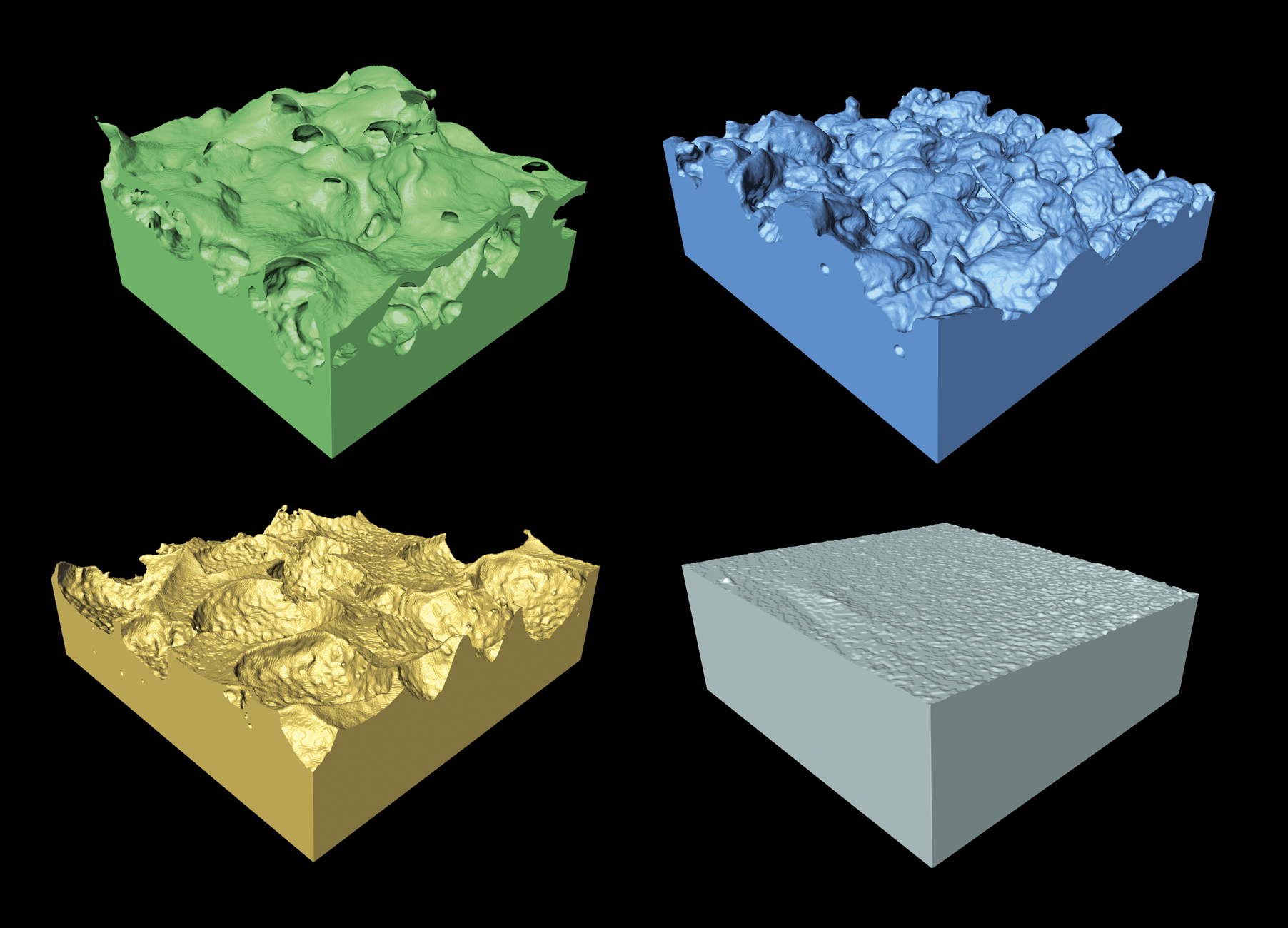Textured surfaces on breast implants were developed in the 1960s to improve tissue incorporation and reduce capsular contracture. While textured surfaces can achieve this aim, they do promote more bacterial growth in the lab, and it seems, in the body. As well as causing infection, this bacterial growth can, in itself, encourage capsular contracture. This complex area calls for a combination of laboratory and clinical research.
Many types of implants are available with surfaces ranging from very smooth to highly textured. Prof. Anand Deva, and his team at Macquarie University aimed to investigate these different surfaces to systematically study the relationship between surface area, roughness, and capacity for bacterial attachment and growth in the lab.
They used X-ray microtomography in the Microscopy Australia facility at the University of Sydney to collect highly accurate 3D data on the surface area and roughness of 11 available implants. These measurements enable unprecedented precision in the modelling and classification of the various implants. The researchers also tested these implant shells to relate surface roughness to bacterial attachment and growth.

X-ray microtomography images of a selection of implant shells showing surface roughness. Each sample is 1.4mm square.
The team’s research showed a significant linear relationship between surface area and bacterial attachment/growth. For smoother implants there was some variation between the species of bacteria that preferred to grow on the individual types.
These measurements provide a vastly improved system to enable surgeons to better correlate objective measurement with functional outcomes.
July 24, 2018